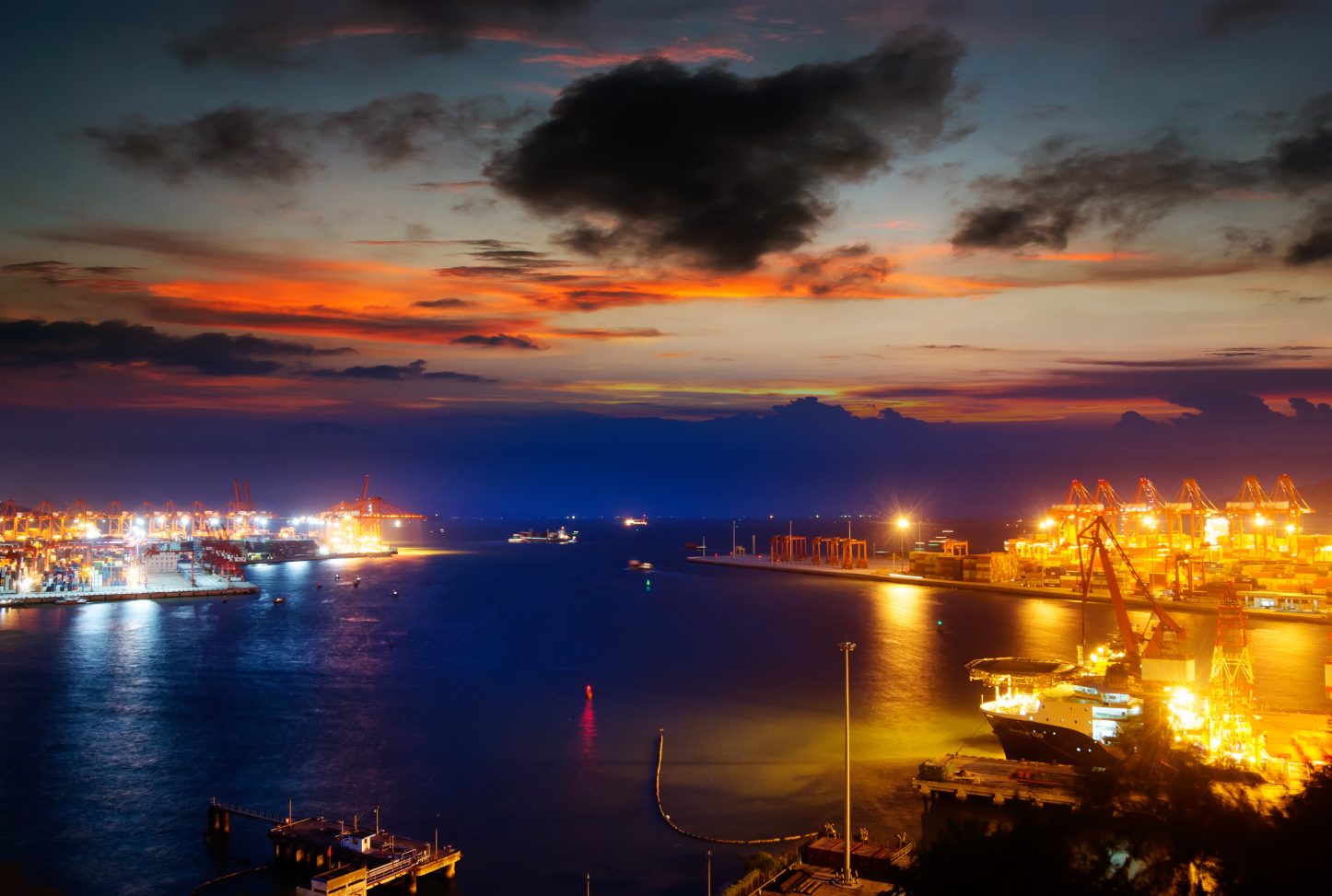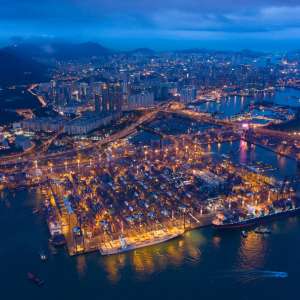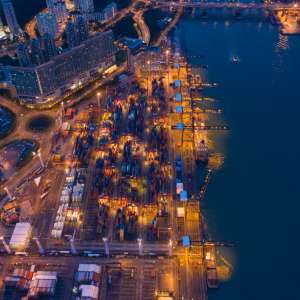A Comprehensive Guide to Shipping from Shantou Ocean Port to Malaysia
Latest update on 26 July, 2024 by Angelina Pang– Marketing Analyst at FreightAmigo
Shipping goods internationally can be a complex process, especially when navigating the regulations and logistics between two countries. In this guide, FreightAmigo aims to provide a detailed overview of the procedures, documentation, and best practices for shipping from Shantou Port to Malaysia. By understanding these key elements, businesses and individuals can ensure a smooth and efficient shipping experience.
Want to Instantly Compare International Express, Air, Sea, Rail Freight And Truck Logistics Management Solutions To Control Transportation Costs?
Understanding Shantou Ocean Port
Shantou Ocean Port, located in the Guangdong Province of China, is one of the key ports in the Southern China region. It serves as a critical hub for international shipping, offering extensive facilities for cargo handling and logistics. The port is well-equipped with modern infrastructure, including deep-water berths, advanced container terminals, and efficient warehousing facilities.
Shantou Ocean Port’s strategic location makes it a vital gateway for trade between China and Southeast Asia, including Malaysia. The port’s comprehensive services cater to various types of cargo, including containerized goods, bulk cargo, and specialized shipments. Understanding the capabilities and services offered by Shantou Ocean Port is essential for planning a successful shipping operation.
Preparing for Shipment
Selecting a Shipping Method
When shipping from Shantou Ocean Port to Malaysia, selecting the appropriate shipping method is crucial. The two primary options are Full Container Load (FCL) and Less than Container Load (LCL). FCL is ideal for large shipments that can fill an entire container, offering security and cost-effectiveness for bulk goods. On the other hand, LCL is suitable for smaller shipments, where cargo from multiple shippers is consolidated into a single container, sharing the costs.
Choosing the right shipping method depends on the volume and nature of the goods being shipped. Businesses should also consider factors such as transit time, cost, and the level of handling required during transit. Consulting with a freight forwarder can provide valuable insights and help in making an informed decision.
Documentation and Compliance
Proper documentation is essential for the smooth movement of goods from Shantou Ocean Port to Malaysia. Key documents include the Bill of Lading, Commercial Invoice, Packing List, and Certificate of Origin. The Bill of Lading serves as a contract between the shipper and the carrier, detailing the terms of transportation. The Commercial Invoice outlines the value and description of the goods required for customs clearance.
The Packing List provides detailed information about the contents of each package, facilitating efficient handling and inspection. The Certificate of Origin verifies the country of manufacture, which may be necessary for tariff purposes. Ensuring that all documentation is accurate and complete is crucial to avoid delays and complications during transit.
Shipping Process and Logistics
Booking and Coordination
Once the shipping method and documentation are in place, the next step is to book the shipment. This involves coordinating with the shipping line or freight forwarder to secure a space on the vessel. Early booking is recommended to ensure availability, especially during peak shipping seasons. The freight forwarder plays a key role in managing the logistics, including arranging for container pickup, loading, and transportation to the port.
Effective coordination with all parties involved, including suppliers, transporters, and customs officials, is vital to streamline the shipping process. Regular communication and updates can help in addressing any issues promptly and ensuring that the shipment stays on schedule.
Customs Clearance and Inspection
Customs clearance is a critical step in the shipping process. Both China and Malaysia have specific regulations and procedures for the import and export of goods. In China, the customs authorities will inspect the cargo to ensure compliance with export regulations. This includes verifying the accuracy of the documentation and checking for any prohibited or restricted items.
Upon arrival in Malaysia, the goods must clear Malaysian customs. This involves submitting the necessary documentation, paying applicable duties and taxes, and undergoing any required inspections. Working with a customs broker can facilitate this process, ensuring that all regulatory requirements are met, and that the cargo is cleared efficiently.
Best Practices for Efficient Shipping
Packaging and Labeling
Proper packaging and labeling are essential to protect the goods during transit and to comply with regulatory requirements. The packaging should be robust enough to withstand handling and environmental conditions, such as humidity and temperature fluctuations. Using high-quality materials and securing the cargo with appropriate strapping and padding can prevent damage.
Labeling should be clear and accurate, including information such as the consignee’s name and address, the weight and dimensions of the packages, and any handling instructions. Labels should also include any required regulatory markings, such as hazardous material warnings. Ensuring that the packaging and labeling are compliant with international standards can prevent delays and facilitate smooth handling at both the origin and destination ports.
Insurance and Risk Management
Shipping goods internationally involves inherent risks, including damage, loss, and theft. Obtaining adequate insurance coverage is essential to protect the financial interests of the shipper. Marine cargo insurance provides coverage for various risks during transit, ensuring that the shipper is compensated in case of any unforeseen incidents.
Risk management also involves implementing best practices to minimize potential issues. This includes selecting reputable carriers, ensuring proper packaging, and maintaining accurate documentation. Regularly reviewing and updating the risk management strategies can help in addressing emerging threats and safeguarding the shipment.
Conclusion
Shipping from Shantou Ocean Port to Malaysia involves multiple steps and requires careful planning and coordination. With FreightAmigo’s guide to understanding Shantou Seaport’s capabilities, choosing the right shipping method, ensuring correct documentation and adhering to customs regulations, businesses can facilitate a smooth shipping process. Implementing best practices in packaging, labeling and risk management further improves the efficiency and safety of transportation. With the right approach, businesses can successfully navigate the complexities of international shipping and achieve timely and cost-effective delivery of goods to Malaysia.
If you are looking for logistics experts, please visit FreightAmigo Page
Read More:
If you have any inquiries on logistics / supply chain, feel free to contact FreightAmigo now:
Chat with us online | Hotline: +852 28121686 | WhatsApp: +852 27467829










































